About Voltera
Voltera makes DIW dispensing systems for testing materials and iterating electronics — from traditional printed circuit boards (PCBs) to the flexible, stretchable, conformable, and biocompatible electronics of tomorrow. Its NOVA materials dispensing system supports most screen-printable materials with viscosities between 1,000 and 1,000,000 cps, making it an ideal tool for material research.
With NOVA, researchers can work with conductive inks, dielectric inks, functional inks, solder pastes, adhesive pastes, custom and proprietary inks, and more. From organic electrochemical transistors to piezoresistive strain sensors, Voltera’s systems have empowered universities and research institutions to publish over 300 research papers in journals such as Nature, Advanced Materials, Flexible and Printed Electronics, and more.
According to Precedence Research, the global market for printed electronics was estimated to be USD $16.82 billion in 2024, and is projected to grow to USD $83.77 billion by 2034. Among the technologies used in printed electronics, direct-ink-writing (DIW) stands out as an efficient solution for rapidly testing and iterating electronics designs.
DIW is an extrusion-based additive manufacturing process that deposits conductive inks, solder pastes, and other functional materials onto a substrate layer by layer. Unlike screen, inkjet, or aerosol printing, which require significant overhead to produce an ideal prototype, DIW offers precise dispensing control, support for a wide range of materials, quick turnaround, and high customization with significantly less overhead.
Keynote speech: Printing ECG electrodes with biocompatible gold ink on TPU
At InnoLAE on February 19, 2025, Voltera’s co-founder and Director of Revenue, Katarina Ilić, will present on a dry ECG electrodes project developed last year using gold ink from Creative Materials.
Gold is well known to be biocompatible. It provides high conductivity and is resistant to oxidation. Through this project, Voltera’s applications team successfully validated the use of the biocompatible gold ink for printing dry ECG electrodes on thermoplastic polyurethane (TPU).
Inspired by the electrode design in a prior study [1], the project featured three electrodes, each shaped like a hexagonal labyrinth, that output heart rates into graphs. This design maximized the sensitivity of the electrodes while eliminating the need for wet gel, which can cause skin irritation for some patients.
Learn more about the project here.
More applications
Beyond bioelectronics, such as the gold ECG electrodes mentioned above, the Voltera team has worked on a diverse range of projects across industries, including healthcare, academia, education, energy storage, automotive, and consumer electronics.
Printing a heated mitten with silver conductive ink on cotton fabric
Printing on fabric is a popular method for creating wearable electronics, with one key application being heated gloves and mittens that use heating elements to keep hands warm. Commonly used in outdoor activities like skiing, they also have medical uses, such as improving blood circulation. In this project, Voltera created a heated mitten capable of reaching 40°C when powered at 12V. Read more here.
Printing a magnesium zinc battery with Saral inks on PET
Printed batteries provide a thin, lightweight power solution for electronics. This project involved printing a functional seven-layer battery designed for moderately power-demanding devices such as environmental sensors and wireless communication modules. Read more here.
Printing electroluminescent ink on paper and PET
Electroluminescent displays stand out for their uniform light output, thin profile, flexibility, and durability. In this project, Voltera printed an electroluminescent display on paper and PET that emits blue light, illuminating the Voltera logo with an even glow. Read more here.
Printing a flexible PCB with silver ink on PET
LED applications are popular engineering projects in school. Among these, an LED roulette stands out as it is intellectually challenging and fun. While a roulette circuit is typically printed on a substrate like FR4, printing on a flexible substrate presents further opportunities for education. In this project, Voltera created a multilayer LED roulette circuit that maintains functionality despite flexing. Read more here.
Printing an RFID tag with copper ink on paper
Radio Frequency Identification (RFID) is widely used for material monitoring and validation, wireless communication, and Internet of Things (IoT) development. In this project, Voltera created an ultra-high-frequency RFID tag with a minimum self-reflection coefficient of -29.42 dB at 922.50 MHz, exceeding the performance of off-the-shelf tags from market leaders. Read more here.
Join our community
With over 92 countries served, Voltera is proud to support the academic community through our innovative electronics printers, services, and materials. Speak with an applications specialist by booking a meeting here or subscribe to our monthly newsletter, for industry updates and Voltera's latest content.
References
[1] Elango, P. F. M., Dhanabalan, S. S., Robel, M. R., Elango, S. P., Walia, S., Sriram, S., & Bhaskaran, M. (2023). Dry electrode geometry optimization for wearable ECG devices. Applied Physics Reviews, 10(4). https://doi.org/10.1063/5.0152554.




